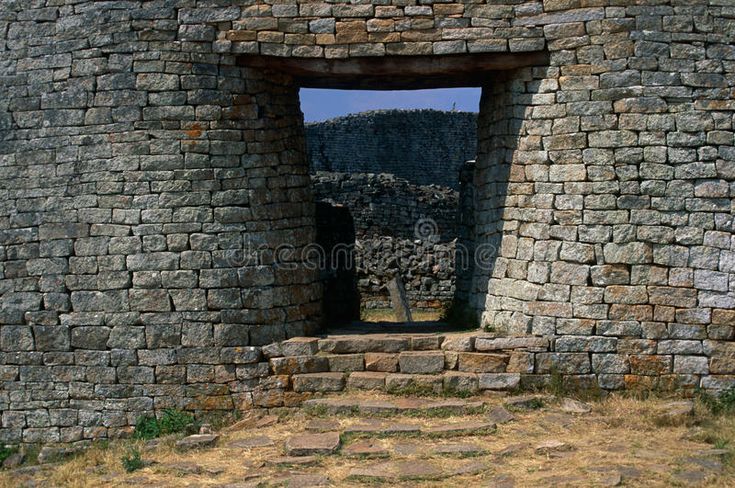From Ancient Empires to Modern Marvels

When the global conversation turns to iconic architecture, the focus often drifts to European cathedrals, Asian temples, or North American skylines. Yet, to overlook the immense and diverse architectural heritage of Africa is to ignore centuries of unparalleled ingenuity, groundbreaking design, and profound cultural expression. From the awe-inspiring structures of ancient empires to the innovative forms shaping today’s urban landscapes, African architecture stands as a powerful testament to the continent’s enduring brilliance.
This isn’t a singular style, but a vibrant spectrum reflecting Africa’s vast geographical, cultural, and historical diversity. Every region, every civilization, has contributed its unique signature to this grand edifice of human achievement.

Consider the timeless wonders of ancient West Africa. The Great Mosque of Djenné in Mali, a UNESCO World Heritage site, is a monumental example of Sudano-Sahelian mud-brick (adobe) architecture. Its towering minarets and intricate façade, meticulously re-plastered annually by the community in a powerful collective effort, demonstrate sustainable building practices that have endured for centuries. Similarly, the ancient city of Timbuktu boasts mosques and madrasas that were once centers of unparalleled intellectual and architectural prowess, showcasing advanced construction methods using readily available local materials.

Moving eastward, Ethiopia presents a truly unique architectural marvel: the rock-hewn churches of Lalibela. Carved directly downwards from solid rock in the 12th century, these monolithic churches are not built upon the earth, but out of it. Their intricate details, tunnels, and courtyards, all sculpted from a single piece of stone, stand as a breathtaking testament to faith, skill, and an architectural vision unparalleled anywhere in the world. They challenge the very definition of construction.

Further south, the enigmatic ruins of Great Zimbabwe offer another glimpse into a powerful and sophisticated pre-colonial African civilization. Constructed entirely without mortar, its impressive dry-stone walls, towers, and enclosures speak of advanced engineering and a complex society that flourished between the 11th and 15th centuries. These structures stand as a stark rebuttal to colonial narratives that sought to deny African indigenous capabilities.

But African architectural genius is far from a relic of the past. Today’s continent is a crucible of modern marvels, where contemporary African architects are blending traditional forms with cutting-edge design, addressing local contexts, and embracing sustainability. Vibrant cities like Accra, Kigali, Lagos, and Cape Town are becoming canvases for innovative structures that reflect Africa’s dynamic present and future. From the striking designs of new cultural centers and commercial buildings that respond to climate and community needs, to groundbreaking residential projects, these contemporary structures showcase a confident, forward-thinking approach. They are often characterized by their use of local materials, passive cooling techniques, and designs that foster community interaction, echoing ancient wisdom through modern aesthetics.
African architecture, both ancient and contemporary, serves as a powerful symbol of resilience, innovation, and cultural pride. It invites us to dismantle preconceived notions and recognize the continent not just as a source of raw materials or a destination for wildlife, but as a long-standing cradle of human creativity and architectural brilliance. These structures, whether reaching for the sky or carved into the earth, tell profound stories of ingenuity, identity, and an enduring legacy that continues to inspire.











